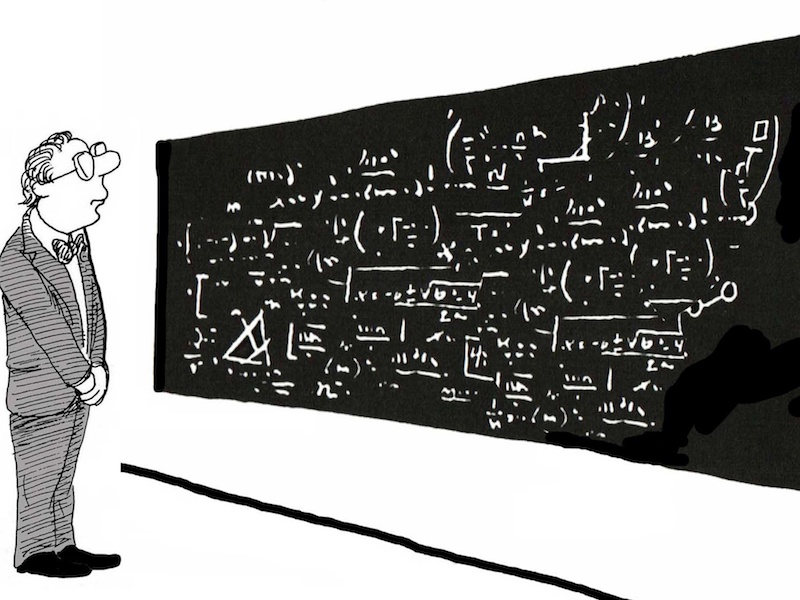

How long is your attention span? Be honest and think back to the last time you received an email about your employee benefits and didn’t tune out just a little bit. Now think about your intended audience and where their heads are at these days.
The reality is, most people now have an attention span that’s better suited to the length of a TikTok video. We’ve gone from 140 characters on Twitter to single image infographics, all in the hope of holding an eyeball for that extra second. Before you know it, we’ll be back to hieroglyphics. While the ancient Egyptians may not have had the written word, maybe they already knew a picture was worth 1,000. Better yet, maybe the most basic form of written/visual communications just yields better understanding.
People in marketing get it — they’ve mastered the art of using visuals and short, direct content to drive messages home. Most video advertisements on social media no longer need sound. By distilling their content down to the most basic form of written/visual communications, they improve their chances of delivering their message in a short period of time.
Read: Innovative benefits communication nets award for WSP Canada
As human resources, benefits and pension professionals, we often make the mistake of thinking that long-winded sentences with big words help provide more context. Yes, employee benefits are complicated, but if creating understanding is the ultimate goal, then we should really get back to the basics.
Here are a few things for employers to think about as they craft their next benefits communication:
- Ensure your message is timely and relevant;
- Be clear and compelling;
- Make it entertaining, if possible;
- Add visual cues;
- Speed is key: be respectful of the audience’s time;
- Make content scannable and direct to further information if required;
- Create the opportunity for a conversation. Provide a channel or point of contact so readers can ask questions (and you can respond to them); and
- Include a clear call to action if the reader is required to do something.
Read: Adopt a no-surprises policy for plan communications
What’s next? Let’s talk media — what types of media best suit this communication style?
Consider an email/e-blast with short descriptions highlighting new or existing coverages or programs. Think of the overall e-mail like an executive summary. Use visuals that support the messages. Don’t be afraid to use large brand imagery to separate themes. Link each section to more information, just in case the reader wants more. This is a great approach to communicating benefits around enrolment time or highlighting available disability coverages and top-ups during uncertain times, like the one we’re experiencing right now.
Instead of bulletins, websites or lengthy videos covering everything there is to know about the employee benefits program, try a series of shorter videos — 20 seconds maximum — that highlight key components of the overall program (i.e., about prescription drugs, dental, registered retirement savings plans or the employer match in a defined contribution plan). Place them on the company intranet or portal as a connected series and sprinkle them throughout relevant communications (like e-blasts) as nuggets of knowledge.
Read: Samuel, Son & Co. rides benefits communication harmony to award win
Done correctly, both forms of communications can make complex subject matter more approachable and easier to digest. As communications become shorter and more engaging, they can also become more frequent, increasing the chances of connecting with employees in a deeper, more meaningful way.
